Why the next chapter of UX is about memories, not interfaces

The topic got me to think about it a lot. So, I will share with you a little bit different perspective.
Beyond Interfaces: Why UX Needs a Mindset Shift
I am writing this article as an invitation to shift our mindset. In a world obsessed with outputs and deliverables, I want to explore something deeper: how UX design can help us craft not just functional products, but unforgettable moments. It’s a reflection built on three decades of work, mentorship, and observation. I think the true essence of design is crafting cherished memories, not just products.
Who I Am — And Why I’m Writing This
First thing first. Who am I. What I am doing and why this is important. I started creating designs and products about 30 years ago. Most of you know me as a founder of the Bulgarian UX community, but basically… I design stuff.
Today I am a business consultant and mentor, but the most important for me is to teach. To teach the next generation of designers to think and to achieve their full potential.
You Are the Designer of Your Life
I think all of you are designers too. And you can design everything you want. So, let’s create something together. But what? Product, Service, Place, Dream Land?
The most important thing is that you are the designers of your life. And you can make your life an amazing experience. But, why experience? You know, our life is a pursuit of happiness. We want to be happy.
What’s Left in the End?
How many of you watched this movie? “The Father” with Anthony Hopkins.
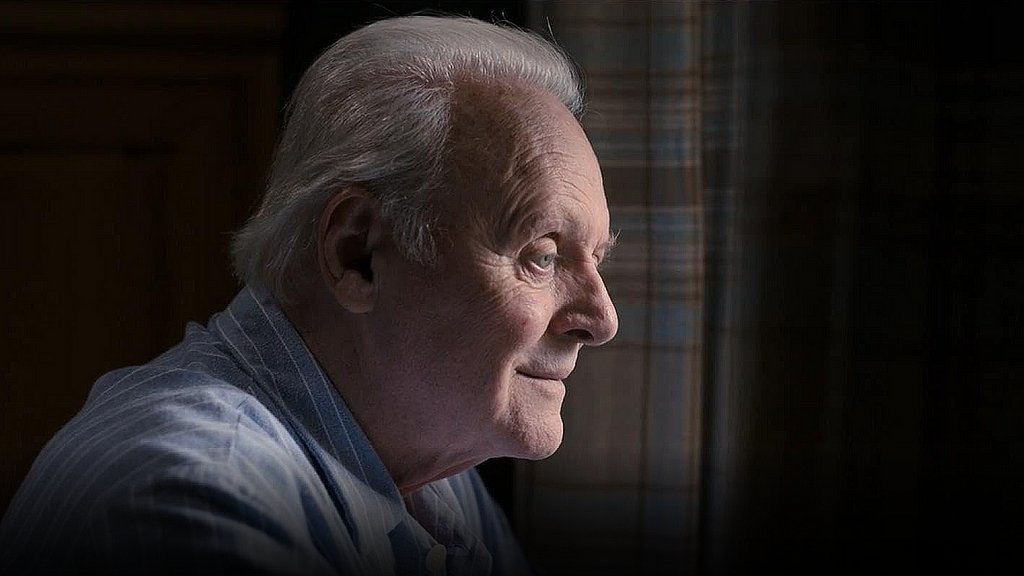
What is left, in the end? Two things — memories and feelings. We should create memories, not buy the latest fancy gadget. Look the person next to you in the eyes… and smile to each other. This is a memory.
Don’t Design Products. Design Moments That Last.
In our life we use products to recreate moments of happiness. Today we will learn how to design not a product, but a memory to remember. To create memories of wonderful experiences. We should create memories, not buy things.
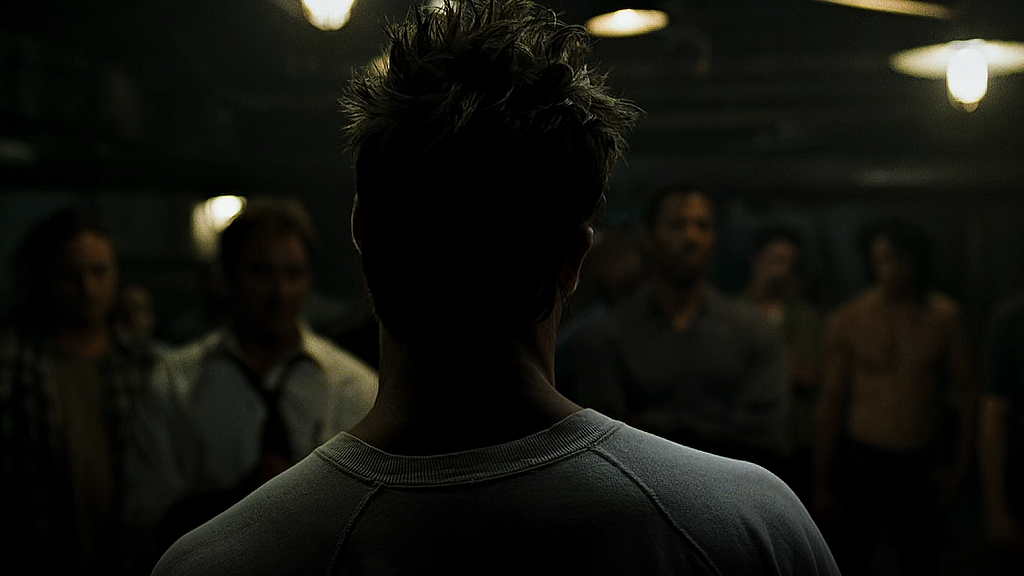
Advertising has us chasing cars and clothes, working jobs we hate so we can buy shit we don’t need. Brad Pitt, “Fight Club” (1999)
Does this look familiar?
Using money you haven’t earned to buy things you don’t need to impress people you don’t like. Robert Quillen, “Americanism” (1928)
In our life we use products to recreate moments of happiness. From the first black and white photos to the latest VR products with 3D video recording, we want to go back in time and see our loved ones, when they are not around.
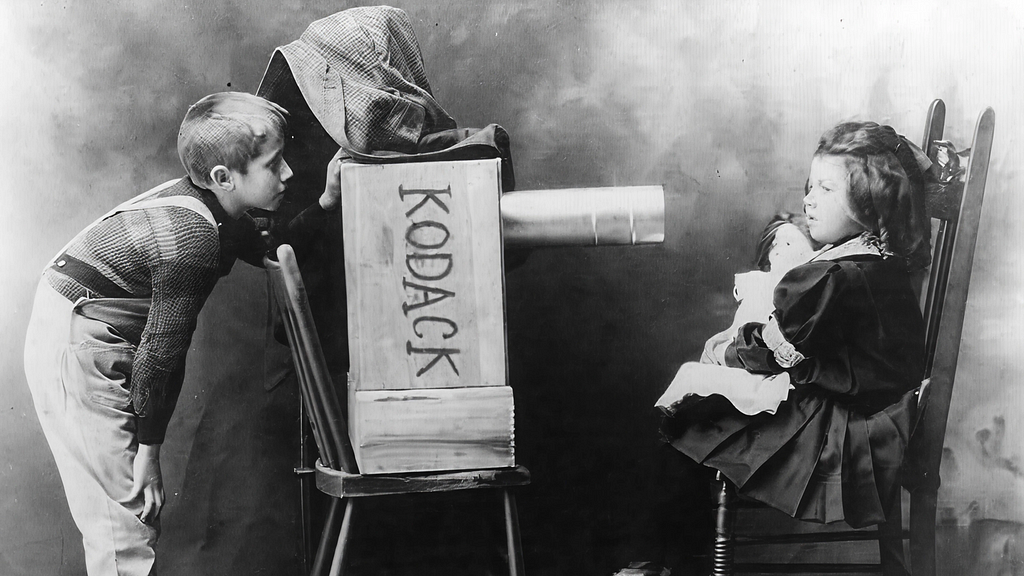
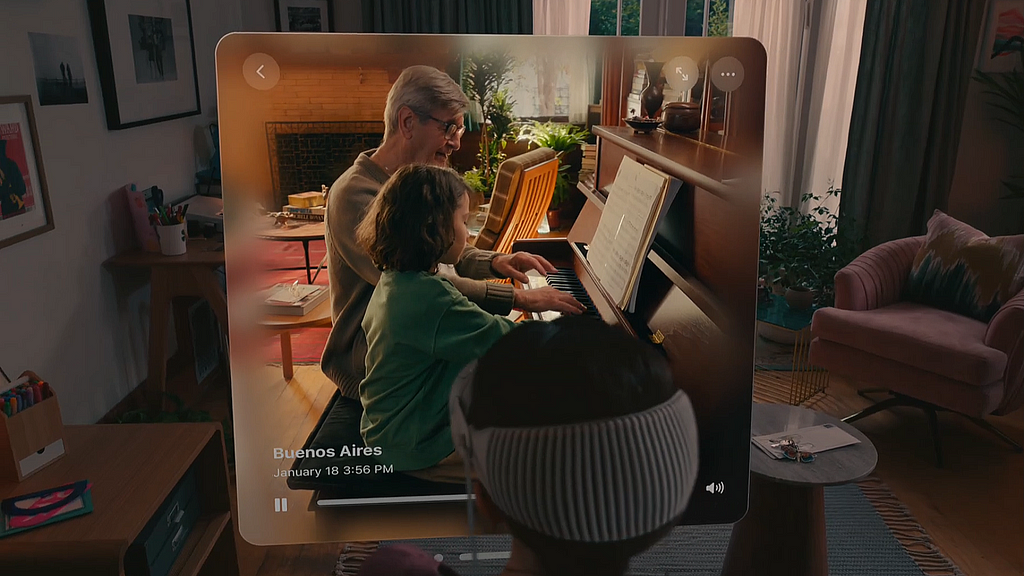
We want to feel and experience our moments of happiness again. Design not a product, but a memory to remember. Memories of wonderful experiences.
Emotion Over Function: What Science and Don Norman Say
There’s also scientific research that backs this up. According to Dr. Elizabeth Loftus, one of the most influential cognitive psychologists, memory is not just a recording of what happened — it’s a reconstruction, and it can be shaped by how we experience, frame, and recall moments. That means design has the power not only to support memory but to shape how it is remembered.
This echoes the thinking of Don Norman, who introduced the concept of emotional design — the idea that good design goes beyond usability and aesthetics, and speaks to how products make us feel. In his book Emotional Design: Why We Love (or Hate) Everyday Things, Norman argues that lasting impressions come from emotional resonance, not just utility.
Beyond individual memory, other psychological frameworks reinforce this idea. Cognitive Load Theory, for instance, suggests that when an interface overwhelms users with too much information or too many decisions, their cognitive resources are strained, hindering their ability to process and retain information effectively. A cluttered, complex design might achieve a short-term goal, but it won’t leave a lasting positive impression because the user’s mind was busy fighting the interface, not embracing the experience.
Conversely, when a design is so intuitive and delightful that users enter a state of ‘Flow’ — a concept popularized by psychologist Mihaly Csikszentmihalyi — they become fully immersed, their attention completely absorbed by the activity. This state of effortless engagement not only optimizes performance but also creates deeply memorable and satisfying experiences. Imagine a user so seamlessly interacting with your product that they lose track of time — that’s a flow state, and it’s a powerful memory-maker.
This ties directly into the Peak-End Rule, a cognitive bias identified by Nobel laureate Daniel Kahneman. This rule states that people judge an experience largely based on how they felt at its peak (most intense point) and at its end, rather than on the total sum or average of every moment of the experience. As UX designers, this is monumental: it means we should strategically design for these ‘peak’ moments — whether it’s a surprising micro-interaction, a moment of profound insight, or a perfectly smooth completion of a task — and ensure the final interaction leaves a positive, memorable impression. It’s not just about getting the job done; it’s about how the user feels when they’re doing it, and when they finish.
Time Is the Real Limit
You know the phrase “Sky is the limit”, right? Sky is the limit. You can achieve everything. But, the truth is that… Time is the limit! We have limited time, but usually we don’t think about it.

I really like this movie. “In time” with Justin Timberlake. It reminds me that the time is the most precious thing we own.
There is a quote from Jade Bonacolta. Jade is a Head of North America Marketing at Google, but I like her newsletter called “The Quiet Rich”.
Owning a Rolex isn’t nearly as cool as owning your time. Jade Bonacolta
We must remember that.
We can think about our life as a book. It came with empty pages, but has a beginning and an end. The pages of this book are not endless and every singe page is precious.

We are the writers of our stories and we decide what to put inside every day. Sometimes we feel that there is not a final page. There is not a deadline and we can do what we plan, not today but… someday soon.
UX is Also About Time
That’s why i really like Tim Urban’s Life Calendar. Tim Urban is a blogger and TED talk speaker I follow. Some people called him Elon Musk’s favorite blogger.
So what is his life calendar? Here it is. There is a one box for every week of a 90 year life. That’s not so many boxes. And you can see I already used a bunch of those.

So, the Life Calendar remind me that, there is a deadline and if we want to design an experience it’s better to start now.
In UX, time is also an interface. Every waiting screen, transition, or delay affects how users feel. Micro-interactions are not just usability elements — they shape emotion. Designing with time in mind is about respecting the user’s life — not wasting it, but enhancing it.
The Power of Dreaming (Like Disney)
Alright, but.. Is it hard to design a great experience? How much does it cost? There is a brainstorming technique, called Walt Disney’s Creative strategy.
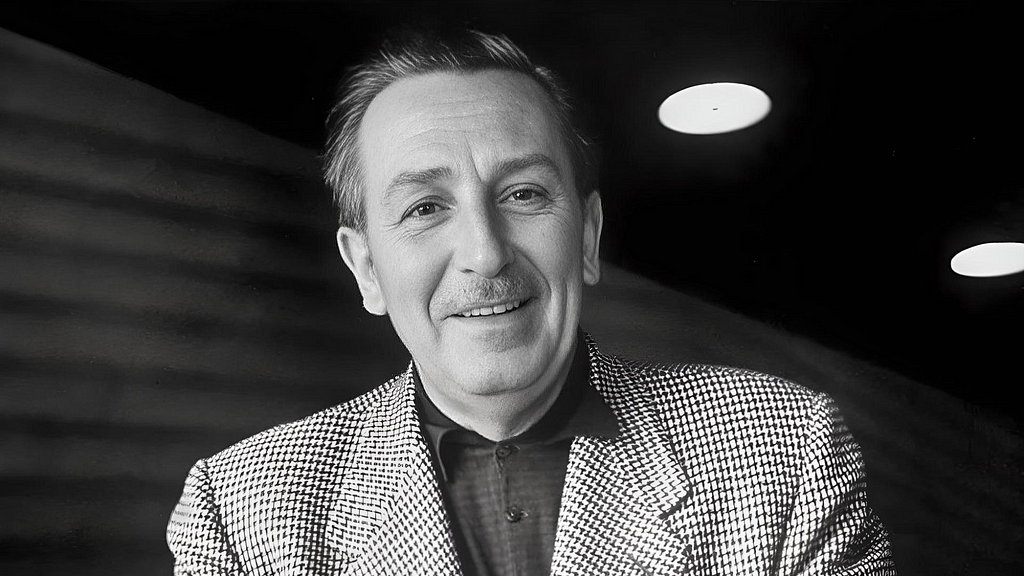
Here is a photos of my workshop. We used Walt Disney’s Creative strategy to design solutions.
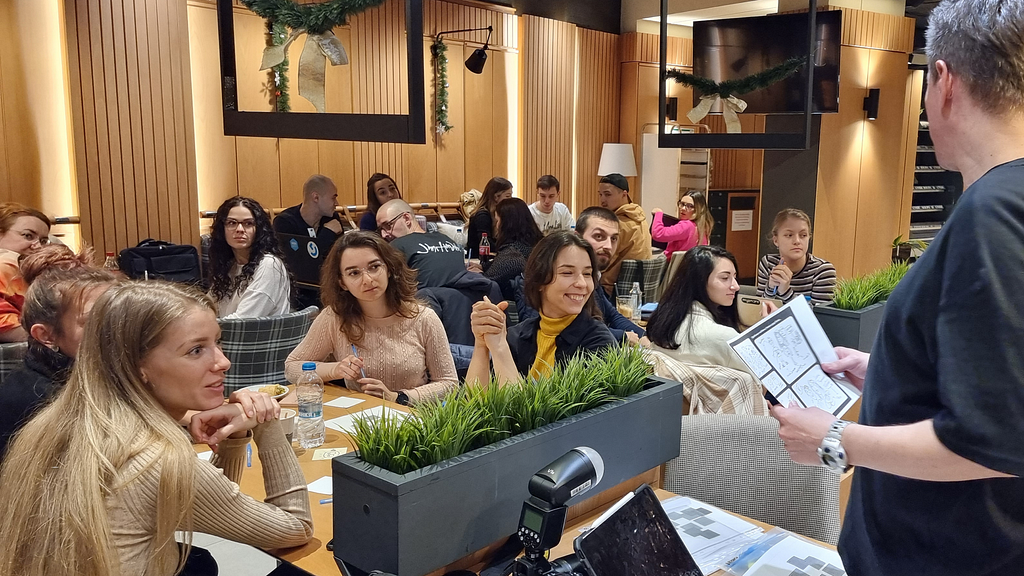
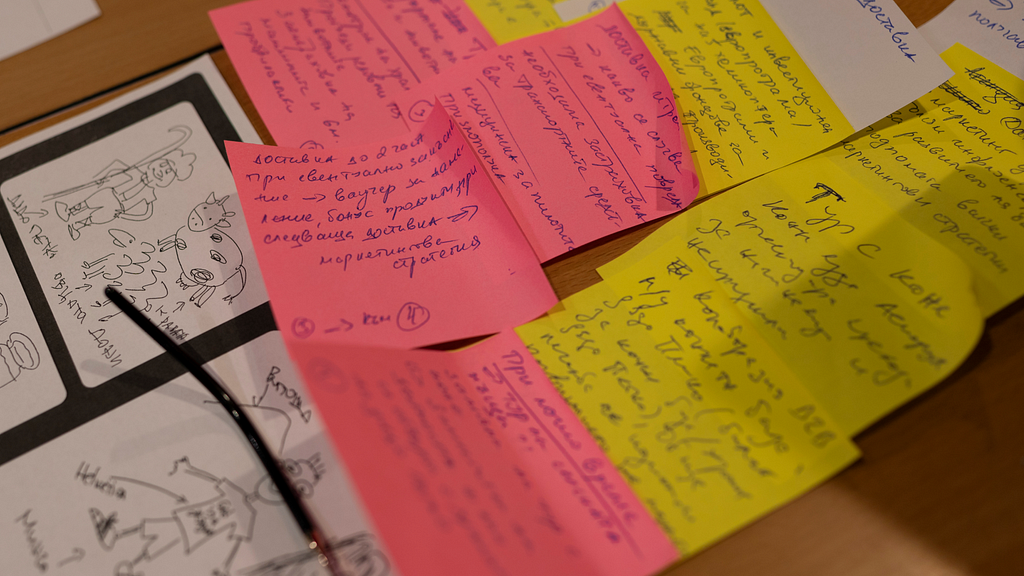
First we started as a Dreamers and we create ideas. Any kind of ideas. The crazy ones. Where a flying unicorn deliver the products. We used white sticky notes to write down the ideas.
After that we put the hat of The Realist and on the yellow sticky notes we wrote how the idea can be implemented.
In the end we act like a Critic and on the red stickies we wrote what can goes wrong and what we must be aware of.
This ‘Dreamer’ phase is deeply rooted in the Design Thinking methodology, a human-centered approach to innovation that IDEO and Stanford’s Hasso Plattner Institute of Design (d.school) have championed. Design Thinking emphasizes empathy, ideation, prototyping, and testing. The ‘Dreamer’ stage aligns perfectly with the Ideation phase, where the goal is to generate a vast quantity of ideas without judgment, encouraging radical thinking and pushing beyond conventional boundaries. This initial freedom from constraints is crucial, as it allows for truly novel solutions to emerge — solutions that, when refined by the ‘Realist’ and ‘Critic,’ can become those unforgettable experiences.
What If You Only Had $1?
The first phase is the key. The Dreamers. The Ideas. Not all crazy ideas are great, but all great ideas are crazy.
Sometime the teams get stuck.
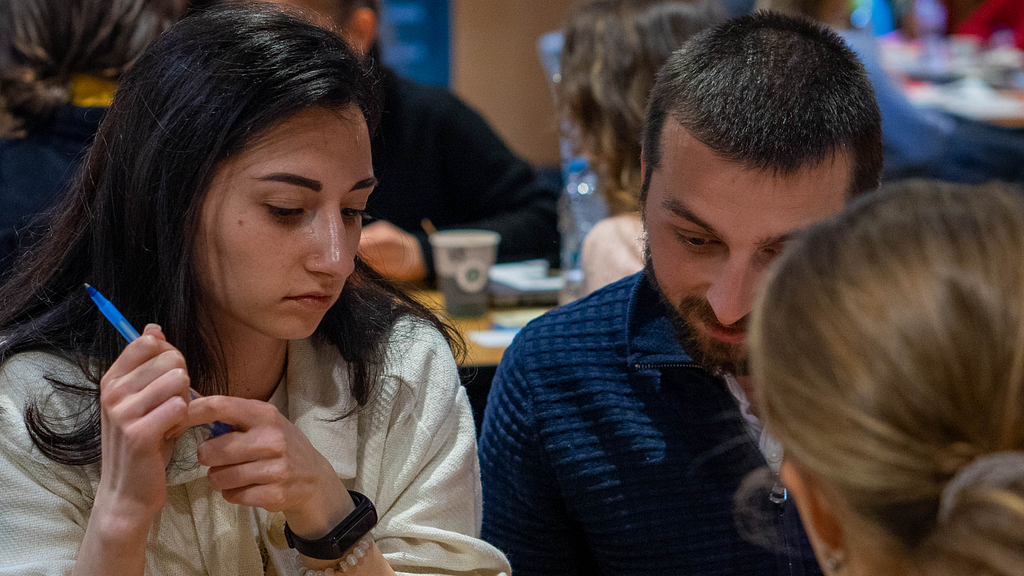
They only create ideas including new technologies, AI, etc. But to design a great and unforgettable experience you don’t need all that stuff. And I asked them: What if you have a 1$ budget? What will be your idea?
A Name in Japan — and the Power of Small Gestures
This is a photo when I visit Japan and it was a great experience for me.
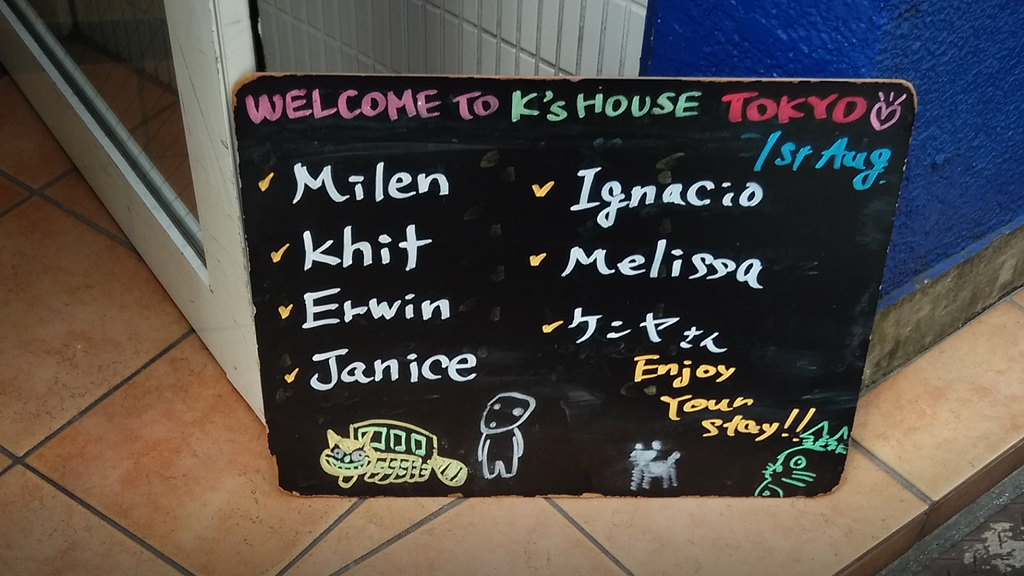
Even before entering the hostel, I saw my name. And this prove that a good experience design doesn’t have to be expensive to bring back wonderful memories.
Designing Checkout That Tells a Story
In one of my client projects, we created a checkout experience for a e-commerce brand. Instead of focusing only on speed and conversion, we added a small thank-you animation that showed the founder’s handwritten message and a memory from the product’s origin. Users started sharing screenshots of the checkout page. The experience became part of the product’s perceived value — and the brand grew.
There Is a Deadline. Start Today.
Don’t forget. There is a deadline. Everything starts with a dream. Protect your dreams! From procrastination and from the others.
When you’re 20, you care what everyone thinks, when you’re 40, you stop caring what everyone thinks, when you’re 60, you realize no one was ever thinking about you in the first place.
Winston Churchill
So, when you start to create a DreamLand, think about the experience of the people who will live there. Because this experience will stay in their memories forever.
Step one is… take one step.
Today.
Let’s Shape Futures Together
I hope this reflection will inspire you to look beyond the interface. To see users not as endpoints in a flowchart, but as humans building their own memory banks. As designers, we’re not just shipping features — we’re shaping futures.
If this resonates with you, let’s continue the conversation. Share your thoughts, your own experiences, or the memories your designs have helped create.
Thank you!
In Loving Memory
I wrote this article in memory of my parents. Artists who poured their hearts into their work all their lives and gave me everything.

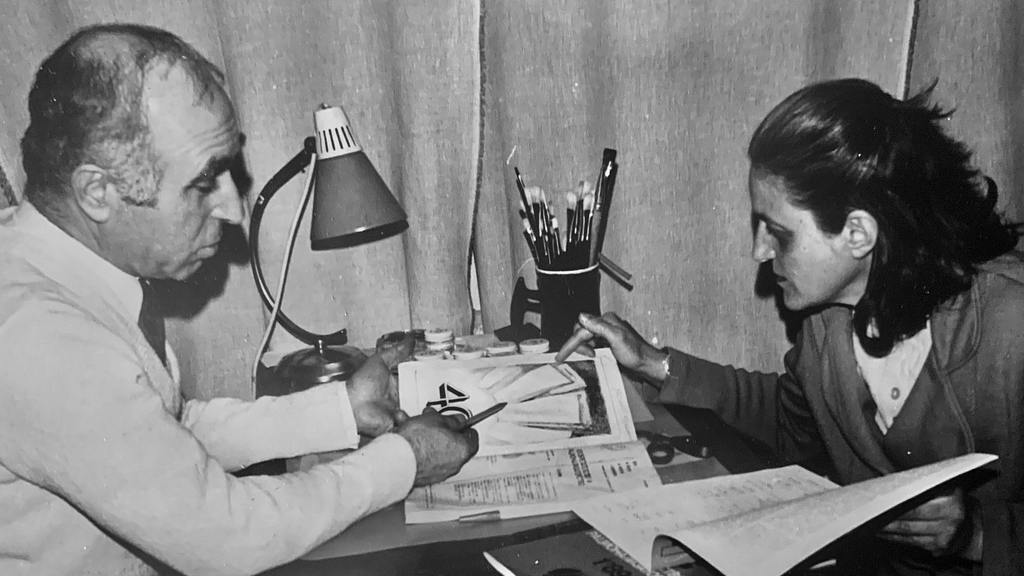
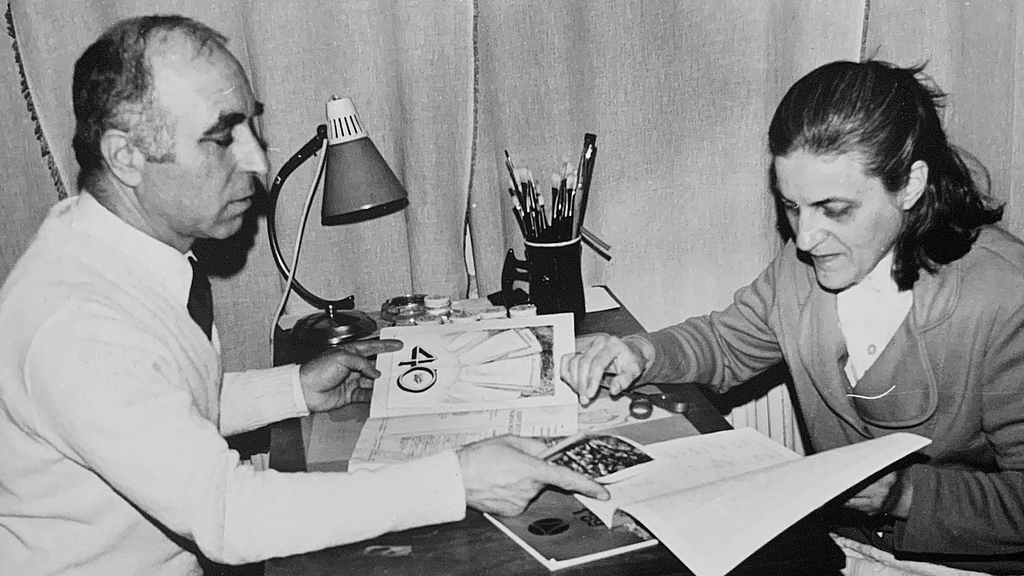
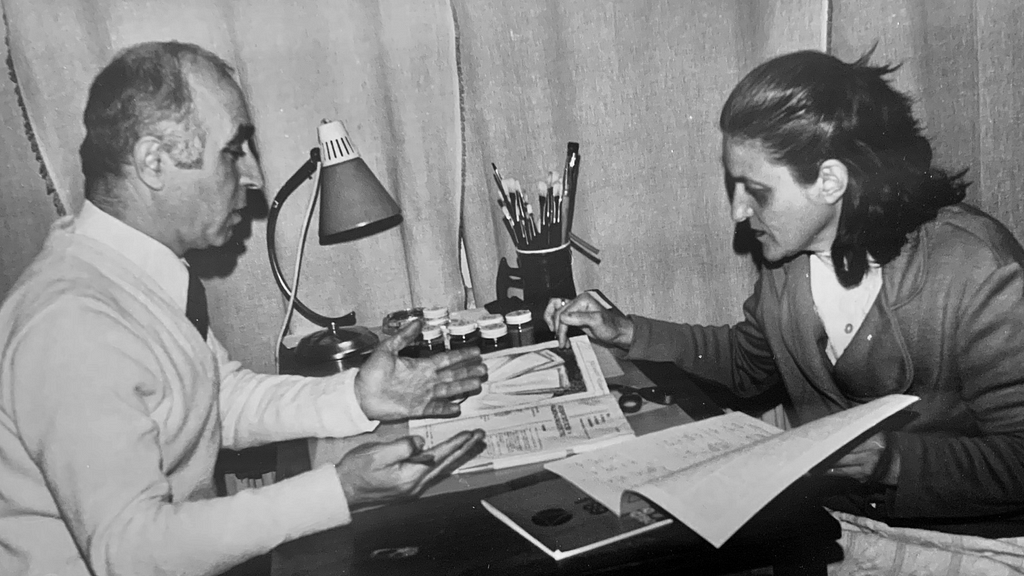
The Legacy We Build: Beyond Pixels and Profits
It’s time to remember why we fell in love with design in the first place. This isn’t just about crafting elegant interfaces or chasing the next viral trend; it’s about our profound responsibility to humanity. We’ve seen firsthand how products can manipulate, create dependencies, and solve problems people never truly had, all in the name of profit. But what if we shifted our gaze from the immediate bottom line to the lasting impact? What if we leveraged our decades of expertise, our deep understanding of human psychology and behavior, to design for genuine well-being, for connection, for a future where technology truly serves people, not the other way around? Let’s choose empathy over empty metrics, authenticity over addiction, and lasting positive change over fleeting gains. The future of human experience rests on our shoulders — let’s make it a masterpiece of purpose, not just profit.
To all the seasoned designers reading this — those who have shaped products, teams, and even industries — this is your moment to lead by example. With experience comes responsibility. Let’s not lend our talents to products designed only to hook attention, exploit needs, or monetize distraction. Let’s remember why we started. The world doesn’t need more frictionless funnels or dopamine loops — it needs meaningful, humane experiences. You’ve already proven you can design anything. Now, let’s choose to design things that matter. For people. For their memories. For the future. Because legacy isn’t built on conversion rates — it’s built on impact.
A Gift
This illustration is a special gift from a dear friend and visual practitioner, who captured the essence of this article in a single frame. With empathy and creativity, she turned words into a visual story that speaks directly to the heart.

🖼️ Download it as a PDF and keep it as a reminder that you are the designer of your own story.
The next level of UX design: A dream to remember was originally published in UX Planet on Medium, where people are continuing the conversation by highlighting and responding to this story.